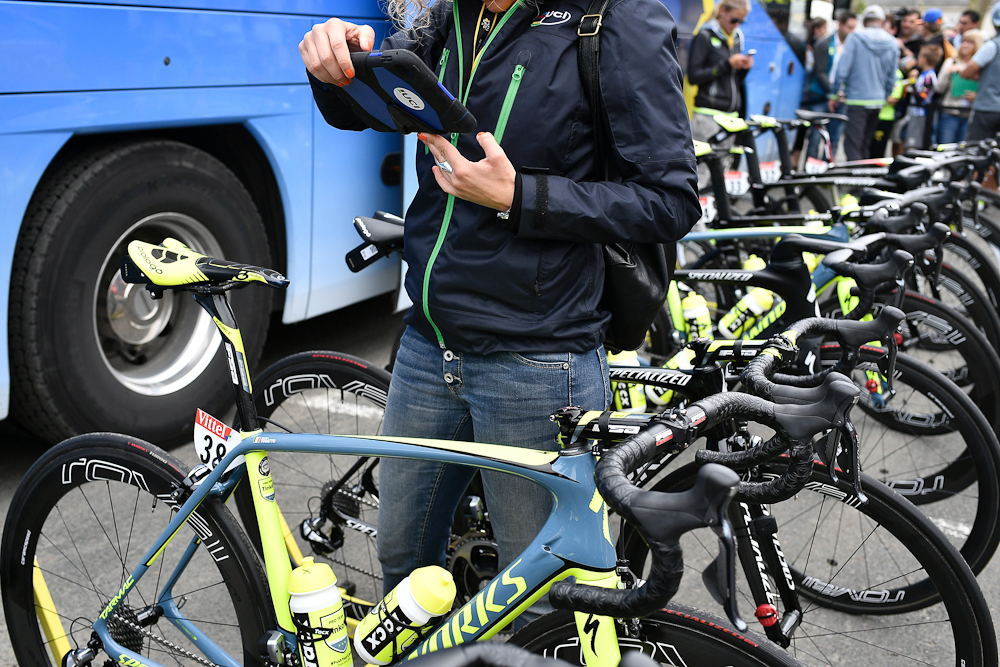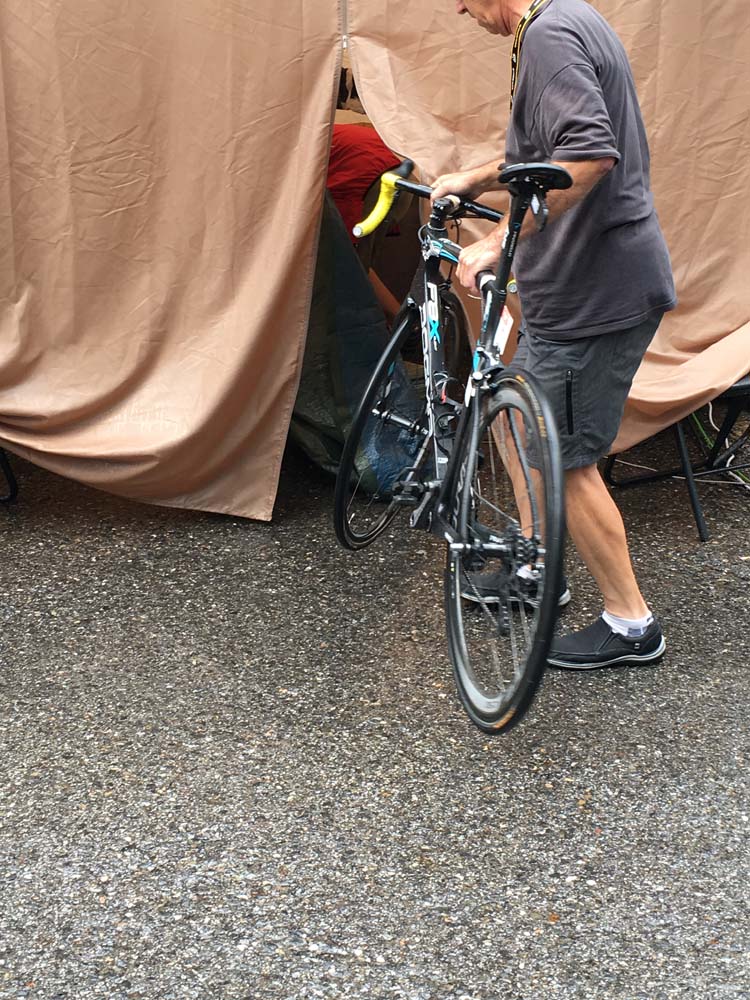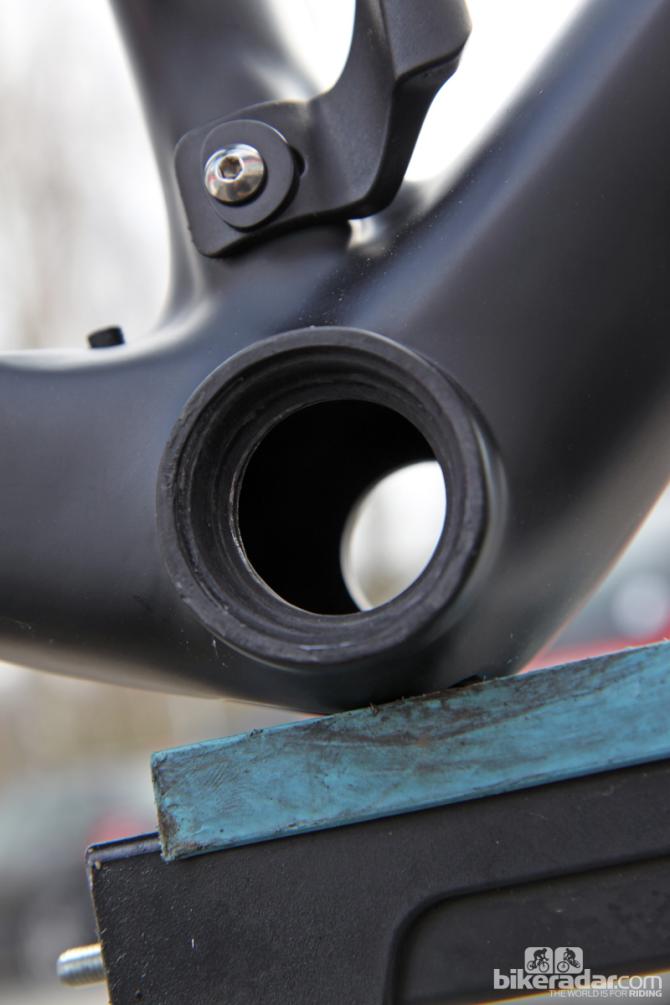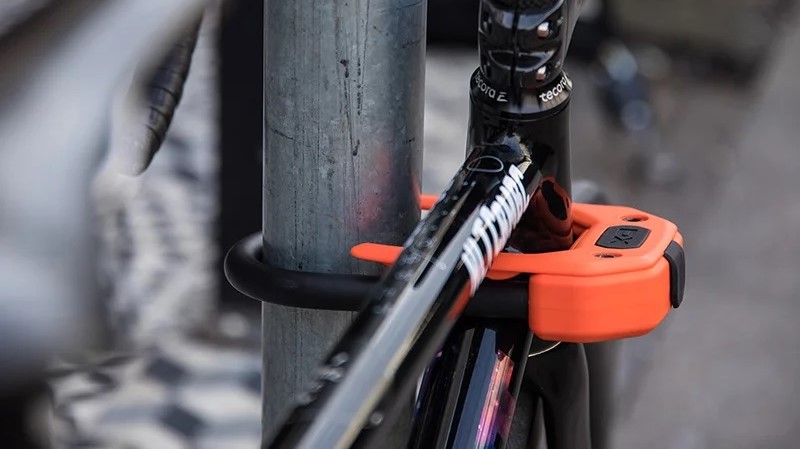Mechanical doping inventor promises major revelation in January
Istvan Varjas says television investigation will reveal motors' impact in pro cycling




Istvan Varjas, the engineer widely believed to be the brains behind the invention of mechanical doping in cycling, has suggested that the latest version of hidden motors can give an athlete a 15-second burst of power that allows them to gain an advantage on their rivals that no doping product can match.
Mechanical dopers should be heavily punished, says CPA
Mechanical doping checks carried out at Omloop Het Nieuwsblad
Mechanical doping: UCI commissaire highlights legal grey areas
Mechanical doping: Bettini calls on UCI to use thermal cameras at Giro d'Italia
CBS 60 Minutes investigates mechanical doping in professional cycling
Varjas made the claim in an interview with the French newspaper Le Monde, which carried out a detailed investigation into the often deceptive Hungarian engineer and his attempts to sell his technology to various companies.
In an interview with Irish radio station in October, Varjas revealed he signed an exclusive deal with a major client and agreed not to share his technology with anyone else for 10 years.
Long written off as speculation, the presence of motors in bike racing was first detected when the UCI pulled a bike with an assist device from the pits of the Cyclo-cross World Championships belonging to Belgian U23 racer Femke Van den Driessche.
Varjas hinted that a major television investigation would soon reveal more about mechanical doping, or "technical fraud" as the UCI calls it, in the higher ranks of professional cycling.
Speaking to Le Monde, Varjas said that the investigation will be aired in early January, with the French newspaper suggesting it could have as big an impact as the Festina Affaire, which exposed wide-spread doping in the peloton and almost brought the Tour de France to a halt in 1998.
"I wasn't paid for what I did, I was paid not to do it for others," Varjas said according to Le Monde. "To know who uses a motor, you have to look at the cadence. Small motors work better with a high pedal cadence and a small gear."
The latest race content, interviews, features, reviews and expert buying guides, direct to your inbox!
Le Monde contacted Lance Armstrong as part of its story. He denied ever using mechanical doping during his career when speaking to Ger Gilroy of the Irish Off the Ball radio show in October, and repeated his denial.
"I've never put a motor in my bike and I've never met Varjas," Armstrong is reported as saying by Le Monde.
- UCI uses X-ray machine to search for mechanical doping at the Tour de France
- No cases of mechanical doping at the Tour de France says UCI
- Mechanical doping inventor says UCI obstructed police attempts to find cheaters at this year's Tour de France
- UCI refute Tour de France mechanical doping allegations
- Mechanical doping: A brief history
Magic wheels and Dr Ferrari
Varjas was coy about his alleged development of magnetically driven wheels that were spotted by the Stade 2 investigation that also visited Varjas in his laboratory in Hungary. Le Monde describes it as being packed with big-name brand bikes and numerous small motors and power packs that are as small as smart phone batteries. Varjas revealed how mechanical doping can now be activated from a follow car via Bluetooth technology and power meters.
"You can activate it remotely by Bluetooth, by remote control or by a watch," Varjas says. "It can be controlled from the team car and the rider may not even be aware that he has a motor. It could just feel like they're having a very good day. That model is designed for high speeds, for time trials."
Varjas has always been skeptical of the UCI's trust in a simple tablet device to detect possible magnetic fields and hidden motors. His solution to discover hidden magnetic wheels is simple: "Just weigh the rear wheel. If there is an engine, the wheel weighs at least 800g more than the usual weight. If a wheel weighs two kilos, it must be disassembled (to be checked)."
Varjas claims that Armstrong's former coach Dr. Michele Ferrari, who has also been banned for life for doping Armstrong and other athletes, visited him three years ago to try to understand the technology and implications of mechanical doping. Varjas seemed amused that Dr. Ferrari was worried about his future due to mechanical doping replacing his physiological methods of improving performance.
"Ferrari wanted to understand if he'd lost his touch, he couldn't understand if he was losing it or if it was down to motors. I let him test a bike and he understood things," Varjas said.
Le Monde claimed that Eddy Merckx is a Varjas client and has a bike fitted with two 25 watt motors for riding in Monaco and single-engine bike for flat rides.
Varjas has shared his technology with several companies since the end of his exclusive deal in 2009 but has often fallen out with the companies, sparking disputes and legal action. Le Monde claim that several sources told them that he is now working with the Italian Zechetto family that owns the Cipollini brand of bikes.

